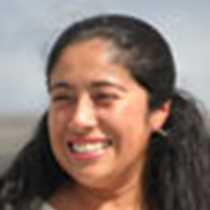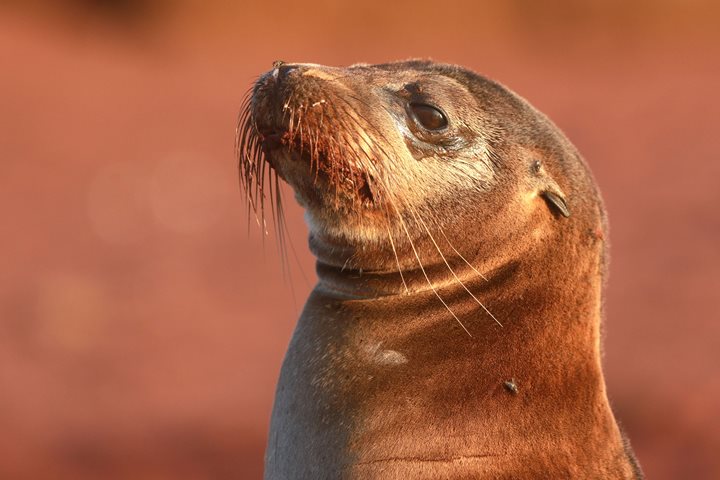Today we visited my home island of Santa Cruz. Nowadays, it is the most populated island in the Galapagos Archipelago. In the morning we visited the giant tortoise breeding center and our guests were delighted to see the baby giant tortoises and to learn about the most successful program run by the Galapagos National Park. There was time to walk through the cozy town of Puerto Ayora. Then we went to the highlands, where we first visited a lava tube, an incredible geological phenomenon, and then headed towards a local farm known as El Trapiche. The afternoon was dedicated to observing Santa Cruz giant tortoises in their natural environment. Getting to experience these gentle giants in such close proximity is an incredible experience. Galapagos is a leading example for Conservation!
- Daily Expedition Reports
- 22 Mar 2019
Santa Cruz Island, 3/22/2019, National Geographic Islander
- Aboard the National Geographic Islander
- Galápagos
Vanessa Gallo, Naturalist
Vanessa Gallo’s grandparents arrived in the Galápagos Islands in 1936, making her the third generation of her family to live and work in this magical archipelago. She left the islands for the capital city of Quito for high school, where she discovere...
Read MoreShare Report
Related Reports
11/23/2022
Read
National Geographic Islander II
Isabela and Fernandina
Our day began with the chance to point out a lot of interesting geological features as we enjoyed Zodiac tours along a massive flank of Ecuador Volcano on Punta Vicente Roca. In the afternoon, we took a sunny walk on Punta Espinoza on Fernandina Island. We spotted many iguanas, and a bunch of sea lions hanging around, too.
11/22/2022
Read
National Geographic Islander II
North Seymour & Rabida Islands
Relatively small and low compared to neighboring Santa Cruz, North Seymour is located to the north of Baltra. The island is dry with predominantly low shrubs, like prickly pear cacti. The incense trees are bare during the dry season. Seabirds like frigatebirds and blue-footed boobies nest on the island, and sea lions rest on the sand when they are not fishing. Land and marine iguanas also live here. Rabida is in the middle of the archipelago and has a striking red sand beach. We observed a small colony of sea lions of all ages resting or nursing. Behind the beach, American flamingos nest in a brackish lagoon. This island is full of contrasts and wildlife that we enjoyed observing during this day of expedition.







